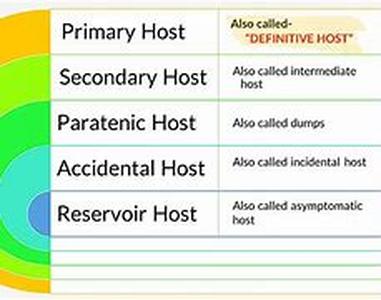
Enterprise Content Management Involves Capturing Structured And Unstructured Content Thats Generated All Over The Enterprise, Storing That Content, Processing It Into Information, Delivering That Information To Those Who Need It For Decision-support, And Finally Transferring It To Long-term Storage For Preservation Until It Can Be Removed Safely From The System.Enterprise Content Management Seeks To Prevent Duplication Of Functions And Redundancy In Resource Usage That Are Typical Where Each Department And Function Uses Dedicated Stand-alone Systems.Earlier Articles Identify Capture, Storage And Preservation, And Delivery Components. This Article Explores The "management" Component That Works On Other Components To Achieve Desired Results.This Management Component Manages Content Capture, Processing And Transformation, And Information Delivery. It Uses Databases And Access-authorization Systems To Do This. It Also Attends To The Archiving And Final Removal Functions.BElements Of The Management ComponentBBDocument ManagementB: Document Management Involves:ulliCheck OutCheck In Facilities For Working With The Content,li LiVersion Control To Make Different Versions Of The Same Content Available To Users,li LiSearch And Retrieval Facilities For Locating And Accessing Needed Information, AndliliViewing Facilities To See The Information In Overview And Other Kinds Of ViewsliulBCollaboration ManagementB: Collaboration Management Involves Providing Facilities That Make Working Together Possible. These Facilities Include:ulliUsing Common DatabasesliliDesigning Workflow Procedures For More Than One Person To Work On Documents And ProcessesliliProviding Facilities Such As White-boarding And Video Conferencing That Allow A Number Of People To Hold Discussions From Different Locations, And Also Add Files And Notes For Reference And ActionsliliProviding Facilities For Administrative Tasks Such As Appointments SchedulingliulBWeb Content Management (WCM)B: Enterprise Content Management Systems Typically Include A Web Portal With Interactive Facilities Available To Employees, Customers, Suppliers, And Business Partners. This Means That Web Content Management Has Become Part Of ECM.WCM Typically Allows Users To Create Content Even If They Do Not Have HTML And Other Kinds Of Programming Skills. WCM Includes Facilities For:ulliCreating And Editing ContentliliCreating Editorial Reviews And Modifications Where Necessary Before Publishing The ContentliliAccepting Content In Different Formats And Converting To Standard FormatsliliPublishing The ContentliliPersonalizing Page Displays By Users To Meet Their Needs And PreferencesliliSeparating Public And Non-public Content And Restricting Access To The LatterliulBRecords ManagementB: Deals With The Logic Of Achieving Storage, Archival, And Removal Objectives. Procedures And Functions Are Developed For:ulliFiling And Indexing SystemsliliRetention And Removal SchedulesliliProtection Of Sensitive And Confidential DataliliDocument And Information-retrieval MetadataliulBWorkflow And Business Process ManagementB: Workflows Can Be Along Standard Or Custom Sequences Determined By The User. Workflow Objectives Are Achieved Through Workflow Engines That Control The Flow And Workflow Solutions With Autonomous Clients.Managing Workflow Involves Planning, Capture, Processing, Delivery, Administration Through Delegation, Deadlines, Monitoring And Reminders, And Documenting The Process.Business-process Management Seeks To Integrate Different Workflows And Applications Into An Integrated Business Process. It Also Involves Generating Business Intelligence By Mining The Data Warehouse.BConclusionBThe Management Component Of Enterprise Content Management Seeks To Integrate All The Other Components Into An Integrated Process That Helps Achieve Business Results.It Incorporates Different Disciplines And Technologies Such As Document Management, Collaboration Management, Web Content Management, Records Management, Workflow Management And Business Process Management.





